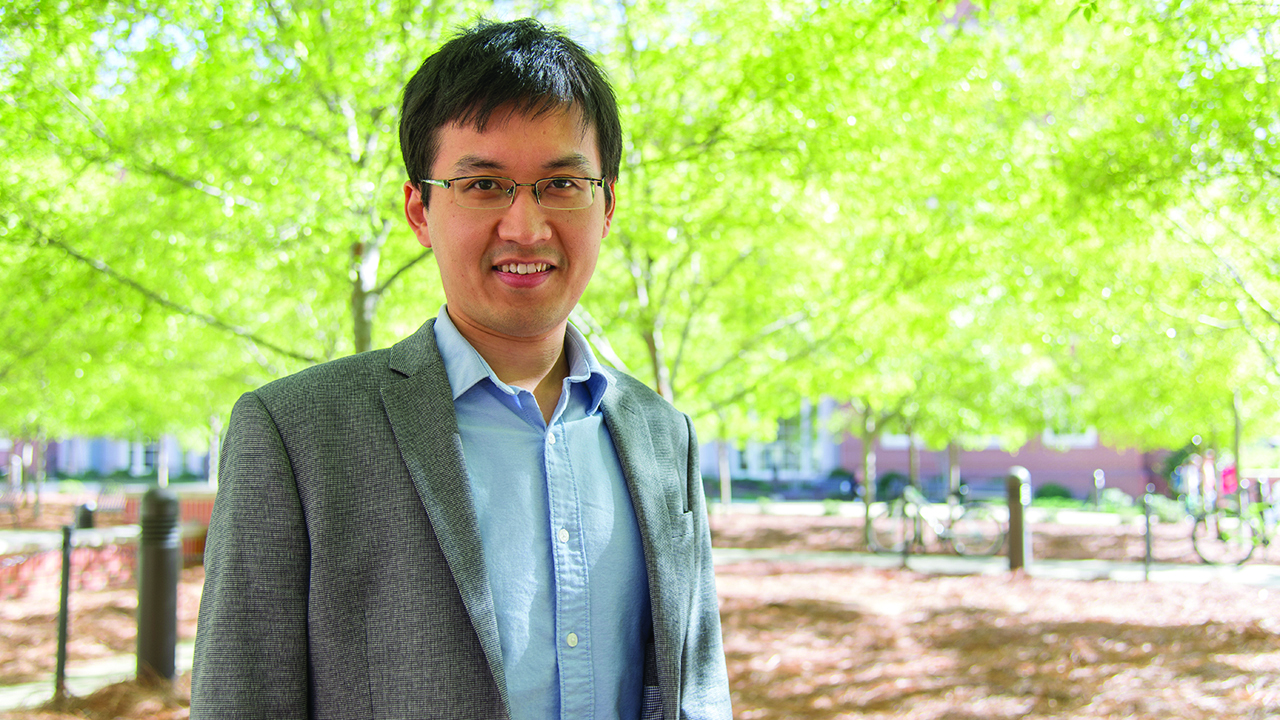Exploration into wireless machine learning results in NSF grant
Published: Aug 19, 2021 8:00 AM
By Joe McAdory
Machine learning and artificial intelligence not only created predictive text models for cell phones and laptops, but enhanced security with facial identification features.
Can these features -- and others -- become even more user-friendly with increased efficiency and security?
Xiaowen Gong, assistant professor in electrical and computer engineering at the Samuel Ginn College of Engineering, believes so. His study, “Quality-Aware Distributed Computation for Wireless Federated Learning: Channel-Aware User Selection, Mini-Batch Size Adaptation, and Scheduling,” explores innovative, cross-disciplinary research at the intersection of wireless networking and machine learning, and studies wireless federated learning in order to achieve collaborative intelligence within wireless networks.
The National Science Foundation awarded Gong, the principal investigator on the project, with a $220,000 grant for the three-year study. This is part of a joint grant of $440,000 in collaboration with Arizona State University, for which Gong is the lead principal investigator.
“Machine learning has many application domains, such as transportation and manufacturing, and is widely used in our daily lives. The idea of federated learning is to use distributed devices to perform machine learning in a decentralized way.”
Federated learning is a collaborative approach that trains machine learning models across multiple devices, without the need of exchanging devices’ data, which thus preserves data privacy. “This approach was first proposed by Google in 2017 to improve accuracy of machine learning and AI. The first application was to predict text messaging inputs on our smart phones.”
“In this project, I look to carry out federated learning in wireless networks among wirelessly connected devices – smartphones, desktops, laptops, even our vehicles,” Gong said. “While we aim to improve the learning accuracy in federated learning, reducing the learning cost and learning time is also important,” he added. “The unique perspective of this project is to be aware of and adaptively control the quality of local machine learning models computed by devices, with the goal of achieving a desired trade-off between those performance metrics.”
Gong believes the project will inspire further research and stimulate more insights to support various and emerging machine learning/AI applications over wireless networks, such as collaborative robotics, multi-user mixed reality, and intelligent control and management of wireless networks.
Media Contact: , jem0040@auburn.edu, 334.844.3447


